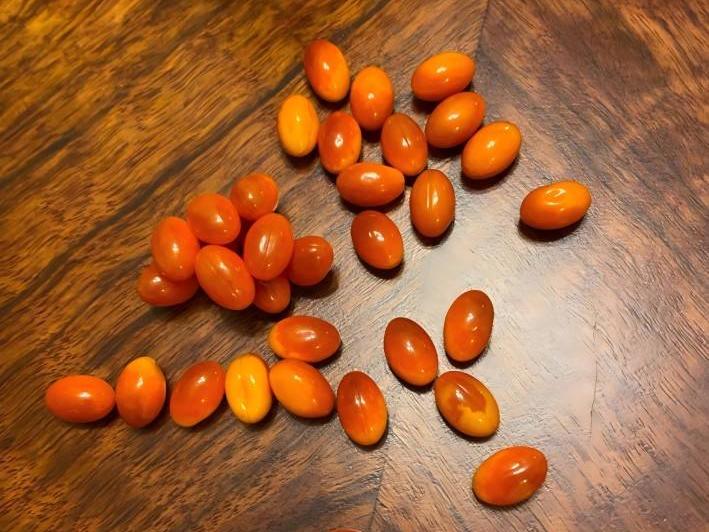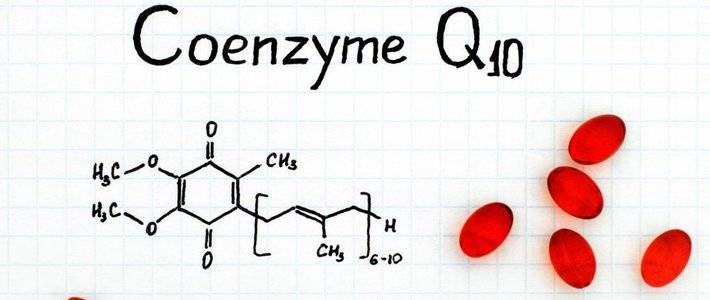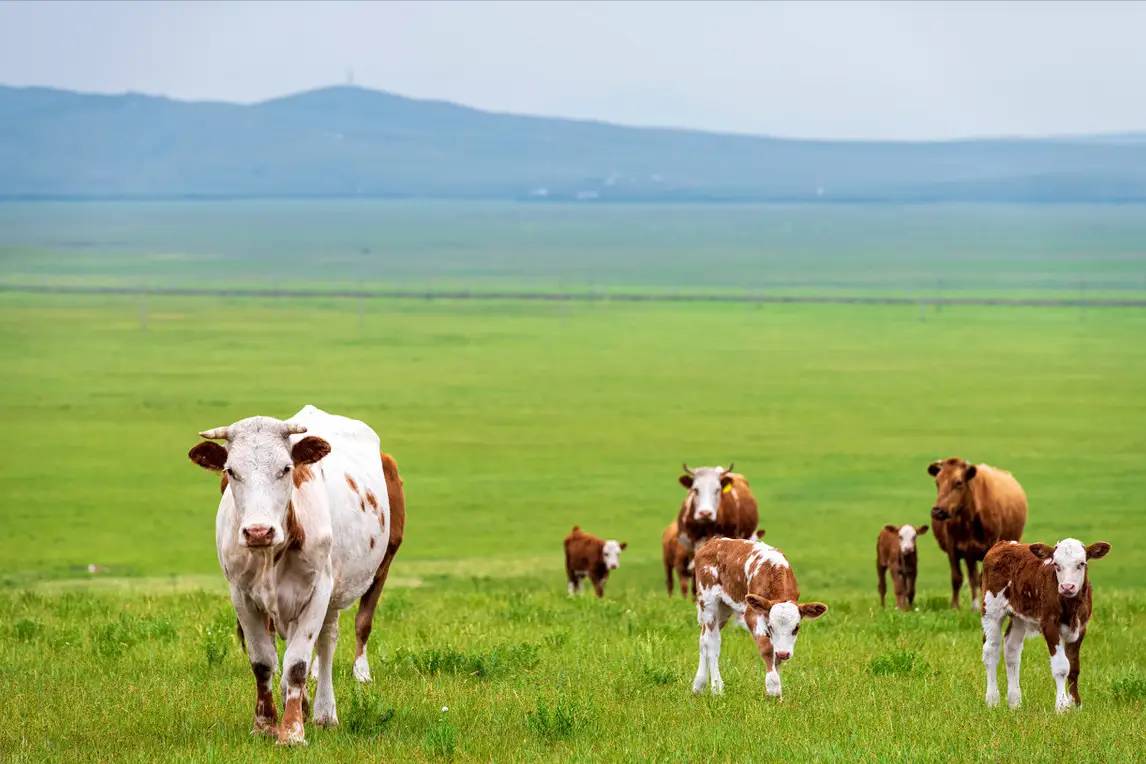What Are Mannan Oligosaccharides (MOS)?
Oligosaccharide is a polymer formed by dehydration and condensation of 2~10 monosaccharides, which can be divided into two categories: common oligosaccharides and functional oligosaccharides. Among the common oligosaccharides, people are familiar with sucrose, maltose, lactose, maltotriose, alginate and so on, which can be digested and absorbed by animals, and do not have any promotional effect on beneficial intestinal bacteria. Functional oligosaccharides mainly include mannose oligosaccharide, oligofructose, isomaltooligosaccharide, lactulose, xylo-oligosaccharides, etc., which cannot be digested and absorbed by animals, and they are effective substances to promote the proliferation of bifidobacteria and other probiotics.
Meanwhile, functional oligosaccharides have the characteristics of low sweetness, low calorie, high stability, and good performance in moisture retention, acid resistance, heat resistance and anti-crystallization precipitation. In view of the good performance of oligosaccharides, our country has done a lot of work in the past 10 years in the development of functional oligosaccharide technology, and developed new products such as oligosaccharides health food, oligosaccharides feed additives, oligosaccharides pesticides, etc., which have obtained good application results. Among them, mannan oligosaccharide is one of the main research focuses, and it is considered to be one of the most valuable oligosaccharides.
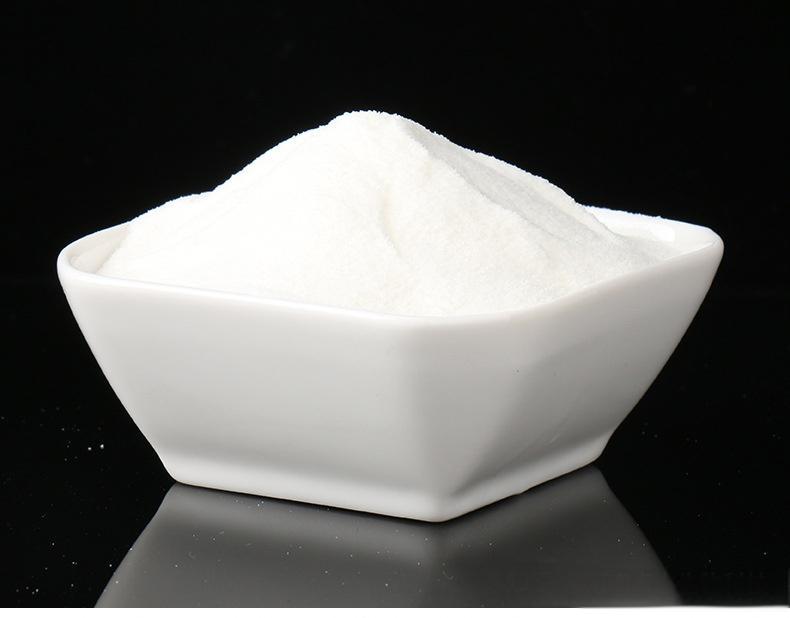
1 Source, structure and main physicochemical properties of manno-oligosaccharides
1.1 Origin and structure
Mannose-oligosaccharides (MOS) are composed of mannose and glucose or galactose residues linked by α(1-6), α(1-2), α(1-3), β(1-4), or β(1-3) glycosidic bonds in the main chain. Mannan-oligosaccharides are widely found in konjac flour, guar gum, turnip gum, and the cell walls of many microorganisms (glucomannan oligosaccharides). Manno-oligosaccharides are mainly produced enzymatically. Mannooligosaccharides for feed can also be derived from yeast cell extracts (Mul et al., 1994).
1.2 Physical and chemical properties
Due to the structural differences of mannan oligosaccharides from different sources, their physicochemical properties are also very different. Manno-oligosaccharides are soluble in water and other polar solvents. When organic solvents are added to the solution, it will precipitate or crystallize, and its sweetness is lower than that of sucrose. Its viscosity decreases with temperature and rises again after cooling. When PH 1.5~3.0, the viscosity increases rapidly; when PH 3.0~9.0, the viscosity is stable. In addition, some mannan oligosaccharides, such as konjac glucomannan, have unique gelation properties, and can form thermo-reversible and thermo-irreversible gels under certain conditions. Manno-oligosaccharides are able to withstand the high temperature of feed pelletizing and keep their structural and functional integrity intact.
2 Mechanisms of action of manno-oligosaccharides
2.1 Regulation of non-immune defense mechanisms
The non-immune defense system of the gastrointestinal tract of animals is dominated by the endogenous microbiota. Normal microorganisms are present in the gastrointestinal tract when the animal is healthy. These normal microorganisms are an indispensable part of the gastrointestinal tract, which are divided into beneficial microorganisms (e.g. Bifidobacterium spp., Lactobacillus spp.) and harmful microorganisms (e.g. E. coli spp., Staphylococcus spp.). Manno-oligosaccharides, as metabolic nutrients, can promote the growth and reproduction of some beneficial bacteria and inhibit some pathogenic bacteria (Mirelman et al., 1980) (see Table 1).
Manno-oligosaccharides modulate non-immune defenses through recognition, adhesion and exclusion of pathogenic microorganisms. Many pathogenic bacteria contain carbohydrate-binding proteins (exogenous lectins) on their cell surfaces, which bind to receptors in the oligosaccharide structure of the digestive tract, causing the bacteria to adhere to the walls of these tissues and multiply, leading to intestinal mucosal lesions. If mannan oligosaccharide is added to the feed, it can bind to the receptor of intestinal mucosal epithelial cells and competitively eliminate pathogenic microorganisms, thus interrupting the pathway of pathogenic bacteria attachment, reproduction and pathogenicity, so that the pathogenic bacteria can be eliminated from the body to protect the health of the animals.
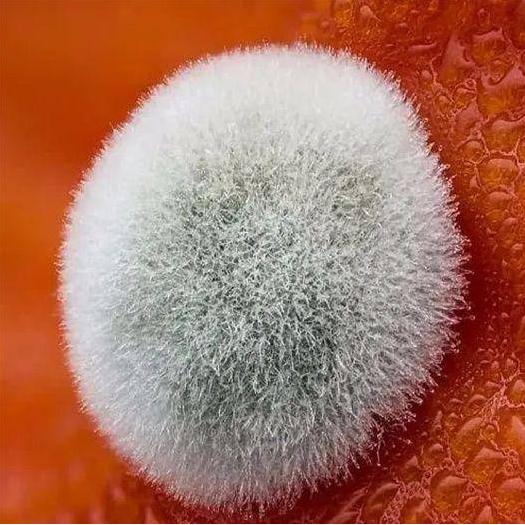
2.2 Regulation of immunity Defense mechanisms
Mannooligosaccharides can be used for immunomodulation by interacting with protein receptors on the surface of immune cells in the intestinal villi or by interfering with signaling systems present on memory cells in the lymph nodes and mucosal lamina propria. siske (1977) and zennohe (1995) found that mannooligosaccharides increased phagocytosis when fed to broilers and mice, respectively. savage et al. (1996) found that bile IgA and plasma IgG concentrations were increased in turkeys fed with mannan oligosaccharide.
Manno-oligosaccharides are also known to act as coagulants that activate the immune response. When used in combination with some vaccines, mannooligosaccharides prolong the duration of vaccine stimulation, thereby enhancing their utilization. The strong adjuvant activity of the linear mannan side chains of lipopolysaccharide LPs has been widely recognized. sharon et al. (1993) showed that glyco-oligosaccharides bind not only bacteria but also certain toxins, viruses, and eukaryotic cells on their surface, thus acting as adjuvants for these exogenous antigens, slowing down the uptake of the antigen, and increasing the potency of the antigen. spring et al. Spring et al. (1998) showed that manno-oligosaccharides can stimulate the response of macrophage and enhance the activity of macrophage through the complementary pathway of immune system (spring, 1998).
Janeway et al. (1993) concluded that mannan oligosaccharide can stimulate the secretion of mannan-binding protein from the liver. Mannan-binding protein is a calcium-dependent lectin, which mainly recognizes and binds mannose, and plays a regulatory and natural anti-infective immunity function by activating the complement system during the immunocompromised period of animals. The immunomodulatory effect of mannan oligosaccharides can be enhanced by increasing acetylation or phosphorylation of oligosaccharides.
2.3 Adsorption of mycotoxins
Manno-oligosaccharides can eliminate and attenuate the toxic effects of mycotoxins through physical adsorption or direct binding of mycotoxins and improve the feed utilization rate.Raju(1998) simulated the in vitro test on the digestive tract of broiler chickens and showed that the binding rates of manno-oligosaccharides to aflatoxins, zearalenone and porcine mycotoxins were 82.51%, 51.6% and 26.4%, respectively, with the binding capacity of aflatoxins mainly dependent on pH, concentration of toxins and dose of manno-oligosaccharides. The binding ability to aflatoxin mainly depended on pH, toxin concentration and the dose of mannan oligosaccharide.
3 Application of manno-oligosaccharides in Livestock and Poultry Breeding
3.1 Application in poultry farming
Manno-oligosaccharides are mostly used in broilers, chicks and turkeys to increase daily weight gain and feed conversion, improve immunity, and alter the intestinal status of poultry to facilitate nutrient absorption. Other studies have shown that the addition of mannan oligosaccharide to turkey or broiler diets can be as effective as the addition of antibiotics.
Sisak et al. (1994) showed that the addition of O.1% mannan oligosaccharide to diets reduced Salmonella spp. in the cecum, liver and spleen, and Pylons et al. (1994) showed that the addition of O.2% mannan oligosaccharides to the diets of broiler pullets at the brooding, growing and fattening stages reduced the time to reach market body weight by 1d, which resulted in an improvement in the economic efficiency of broiler pullets. The results of several feeding trials showed that adding O.2% of mannan oligosaccharide to chicken feed increased the survival rate by O.4% on average. spring et al. (2OOO) concluded that mannan oligosaccharide could significantly reduce Salmonella intestinal colonization in chickens and improve intestinal mucosal integrity, but had no effect on the intestinal VFA and pH, so it was inferred that mannan oligosaccharide's mechanism of action might be to prevent the binding of pathogens to the intestinal mucosa by adsorbing them. Therefore, it is inferred that the mechanism of action of mannan oligosaccharide may be to prevent the binding of pathogenic bacteria to the intestinal mucosa by adsorption.
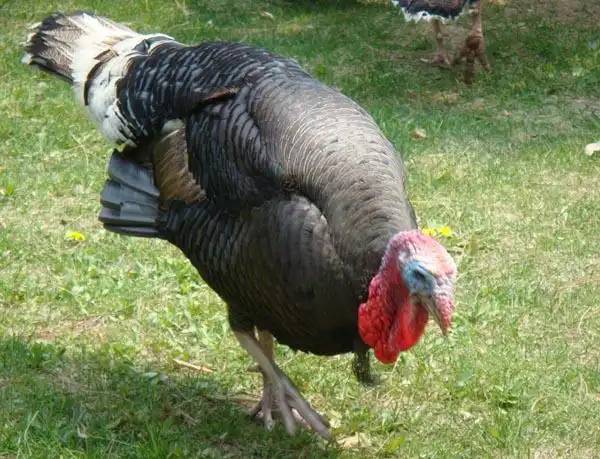
3.2 Application in piglet production
Manno-oligosaccharides can increase the daily weight gain and feed conversion ratio of weaned piglets.Vander (1997) reported that the addition of manno-oligosaccharides to the diets of young piglets increased the feed conversion ratio and daily weight gain of the experimental group by 5% and 7%, respectively, compared with the control group. Zhou Hongli et al. (2OO2) found that the addition of mannan oligosaccharides significantly reduced the number of E. coli in the intestinal tract of piglets, and the effect increased with the increase in the amount of the addition of mannan oligosaccharides, and the rate of diarrhea also tended to decrease. In a study by Che Xiangrong et al. (2OO3), the frequency of diarrhea in piglets was reduced by 54% when mannan oligosaccharide was added to the basal diet at 3g/kg, and the number of blood lymphocytes (CD3) and peripheral blood LgG content increased significantly compared with that of the control group, while the activities of serum sOD and PsH-PX increased significantly compared with that of the control group. Manno-oligosaccharide could significantly reduce the concentration of E. coli in the cecum and colon, and significantly increase the concentration of Lactobacillus and Bifidobacterium in the cecum, but the effect on the number of Lactobacillus and Bifidobacterium in the colon was not significant.
Manno-oligosaccharides also accelerated the recovery of the suppressed immune system of piglets and effectively reduced mortality and diarrhea.Newman(2OOO) showed that IL-2 and IFN-T levels were increased in manno-oligosaccharides-supplemented pigs.
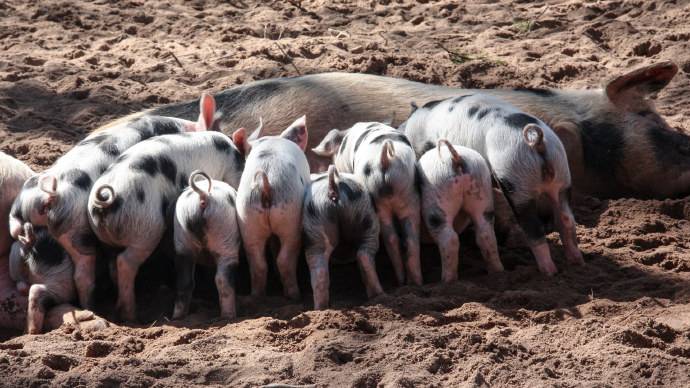
3.3 Application in the production of young ruminants
Newman et al. (1993) reported that the addition of mannan-oligosaccharides to the diet of Holstein bull calves resulted in a significant increase in average body weight and a reduction in respiratory disease compared to the control group at 35 d. Dildey et al. (1997) found that when calves were fed milk supplemented with mannan-oligosaccharides from 1 to 56 days of age, the average daily gain of the test group was significantly higher than that of the control group, and the increase in growth rate was associated with a reduction in diarrhea in calves. The increase in growth rate was related to the reduction of calf diarrhea. The effect of mannan-oligosaccharides on adult ruminants is not significant due to the large number of enzymes that degrade carbohydrates in the rumen of adult ruminants.
3.4 Applications in aquaculture
The results of a study on trout fry showed that the addition of mannan-oligosaccharides to the bait could enhance immunity, and the addition of O.7% mannan-oligosaccharides to the bait reduced the mortality rate of trout from 1-7 g of body weight by up to 25% due to the attack of pathogenic bacteria to 1%. yoshida et al. (1995) reported that mannan-oligosaccharides significantly increased the leukocyte activity of the silver carp (Hypophthalmichthys molitrix), and had the effect of stimulating the cell-mediated immune response. The effect of mannose oligosaccharides on cell-mediated immunity was reported by yoshida et al. When O.1% mannan oligosaccharide was added to the diet of African catfish, and the fish was inoculated with Aeromonas hydrophila, the bacterial counts in blood and spleen were examined 12 and 28 h after inoculation, and were found to be significantly reduced. In addition, there was a dose effect of adding mannan oligosaccharide to the diet. Adequate addition of mannan-oligosaccharide can improve the performance of carp. With the increase of the additive amount, the culture survival rate firstly increased and then decreased, when the additive amount was increased to O.2%, the survival rate reached the highest 99.40%, and then decreased.
4 Factors affecting the application effect of feed mannan oligosaccharide
4.1 Additions
The dosage of mannan oligosaccharide in the diet of weaned piglets is generally 0.1%~0.4%, and it can be added at different rates for different stages of piglets. The amount of mannan oligosaccharide in the diet of broiler chicks is 0.5~1.0kg/t. Excessive addition of mannan oligosaccharides may cause excessive fermentation in the hindgut, resulting in mild diarrhea, affecting nutrient absorption and utilization, and thus inhibiting growth (Chesson'1994). Insufficient addition of nutrients will not be effective.
4.2 Feeding environment, age Effect of manno-oligosaccharides on production performance
The effect of mannan oligosaccharide varies with feeding conditions and is obvious under rough conditions (Nakamura'1988); when feeding in barns with history of disease, the effect of adding mannan oligosaccharide is obvious (AllteCh'1995). Miguel et al. (2002) reported that 'mannan-oligosaccharides are most effective as growth promoters for weaned piglets at the early stage of weaning when the piglets are under the greatest stress'.
4.3 Diet composition
There are few reports on the effects of naturally occurring oligosaccharides in diets on animal performance. In fact, non-digestible sugars are very low in corn, but high in barley, wheat and soybean products. Therefore, the "masking or dilution effect" of oligosaccharides in barley, wheat, and soybean cake may have influenced the results of the experiments.
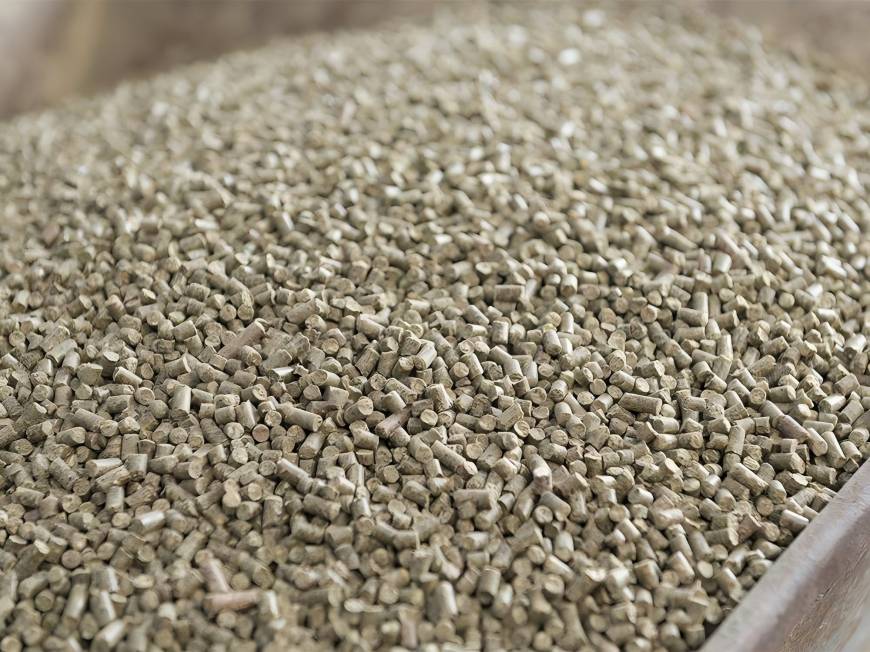
4.4 Synergies with other elements
Some experimental results show that 'when oligosaccharides and other elements act synergistically, the effect is better than single addition', for example, when oligosaccharides are used together with probiotics, it can prolong the action time of feeding microorganisms, increase the survival rate of feeding microorganisms in the intestine, and promote the establishment and growth of exogenous beneficial microorganisms in the intestine. It can increase the survival rate of feeding microorganisms in the hindgut, and promote the planting and growth of exogenous beneficial microorganisms in the intestines.
Zhou Dingnian (Fritts et al. (2003) reported that 'the combination of antibiotics and 0.1% mannan oligosaccharide 'significantly increased the feed conversion rate of chickens'. Dvoark et al. (1998) reported that 'the combination of Streptococcus faecium (s. faecium) and mannan oligosaccharides 'increased the daily weight gain and fibre digestibility of pigs' and that there was a synergistic effect. Waldroup et al. (2003) found that mannan oligosaccharide affected the absorption and utilization of copper and some other minerals.
In conclusion, 'the use of mannan-oligosaccharides as an alternative to antibiotics in animal production has great potential'. 'Due to the retention of antibiotics in livestock and the development of resistance in humans,' the drawbacks of their use as feed additives have been increasingly emphasized, 'and the restriction of their use has become irreversible'. The restriction of antibiotic use is irreversible. Some countries in Europe have banned the use of antibiotics. As an alternative to antibiotics, Glycoligosaccharides have the advantages of non-pollution, non-residue, high temperature resistance, etc., and there is no contraindication to the formulation of feed formulae, which can be used in both powdered and expanded feeds, so the application prospect of Glycoligosaccharides as feed additives is very broad. In the production of feed additives In the production and use, we still have the following problems to be solved: high efficiency and low cost production technology of mannan oligosaccharides, high purity production and preparation technology of mannan oligosaccharides, mannan oligosaccharides effect technology, and the physiological mechanism of the action of mannan oligosaccharides.
References
1 Che, Xiangrong, et al. Chinese Journal of Veterinary Medicine '2003' 3:292~293.
2 Zhou HL, et al. China Feed '2002' 16:14-15.
3 Dildey D'et al. Journal of Dairy sCienCe '1997'80(suppl. 1) : 9.
4 Dvorak R'et al. JAnim sCi'1998'76(suppl. 2) : 64.
5 Fritts CA'et al. Internation Journal of poultry sCienCe'2003'2(1) : 19~22.
6 Miguel JC'et al. praCtiCal effeCts of Bio-Mos in nursery pig diets 'Nottingham university press '2002 '425~433.
7 Mirelman 'et al. JClin MiCrobiol'1980'11:328~331.
8 Mul A J'et al. The role of fruCto-oligosaCCharides in animal nutrition 'In ReCent AdvanCe Nutrition 'Edited by W. haresign and DJA Cole 'Butteworth London'1994'57~59.
9 Newman k 'et al. JAnim sCi'1993'71(suppl. 1) : 271.
10 Raju A G. Food Chemistry semtemper 80~ 81poultry sCi' 1998'50(suppl. 1) : 61.
11 savage T F'et al. poultry sCi'1996'75(suppl 1) : 143.
12 sisak F. stimulation of pH aggoCytosis as assessed by luminol enhanCed ChemiluminesCenCe and response to salmonella Challenge of poultry fed diets Containing mannanoligosaCCharides ' The Tenth Annual symposium on BioteChnology in the Feed Industry 'AllteCh InC '1994'75~84.
13 Waldroup p W 'et al. Iternation Journal of poultry sCienCe' 2003'2(1): 28~31.


 English
English French
French Spanish
Spanish Russian
Russian Korean
Korean Japanese
Japanese